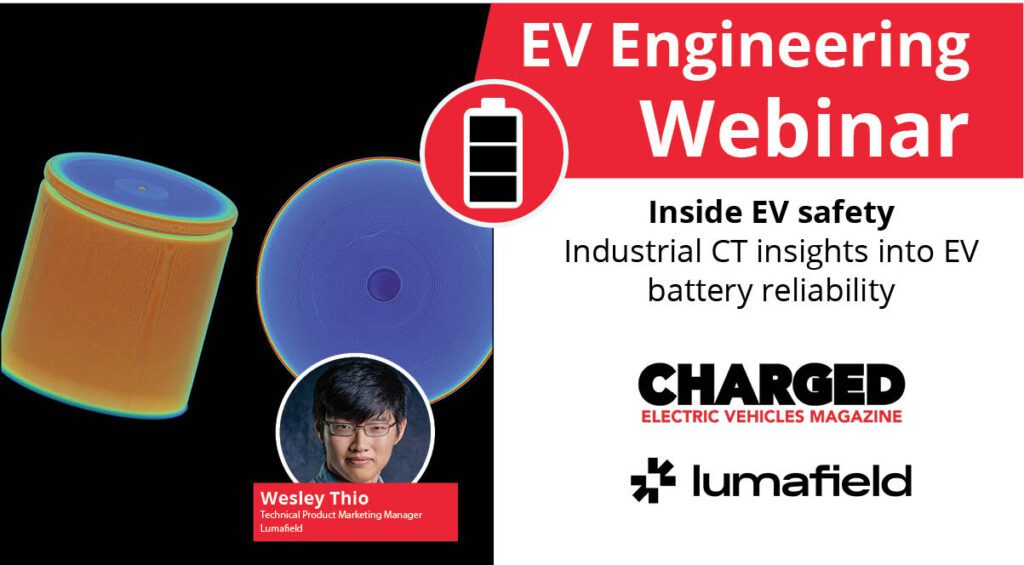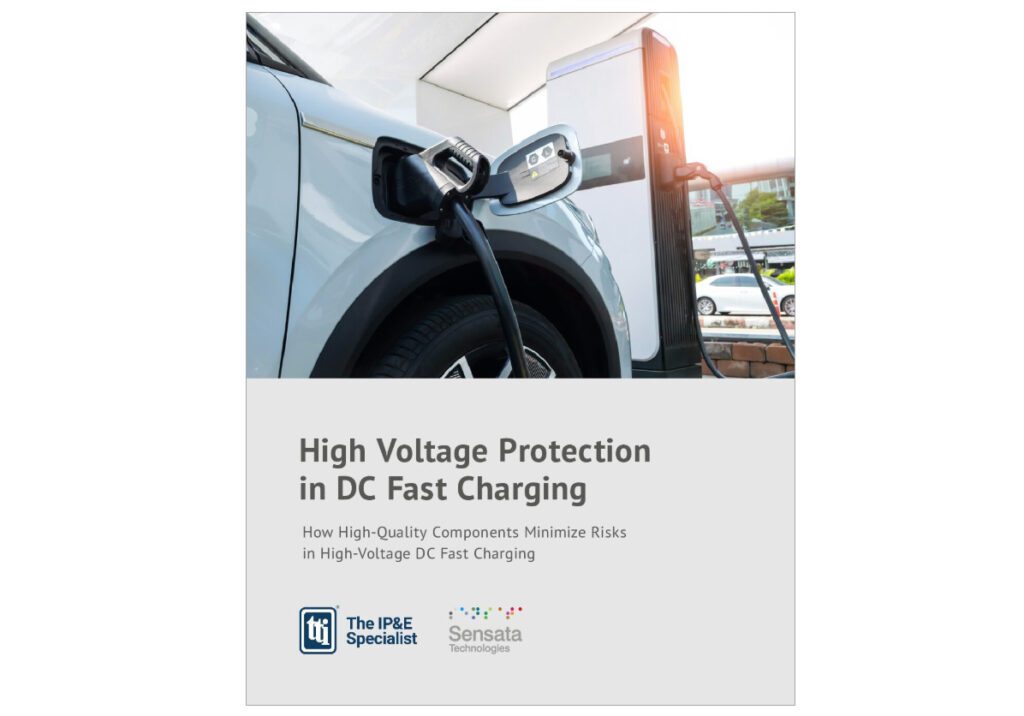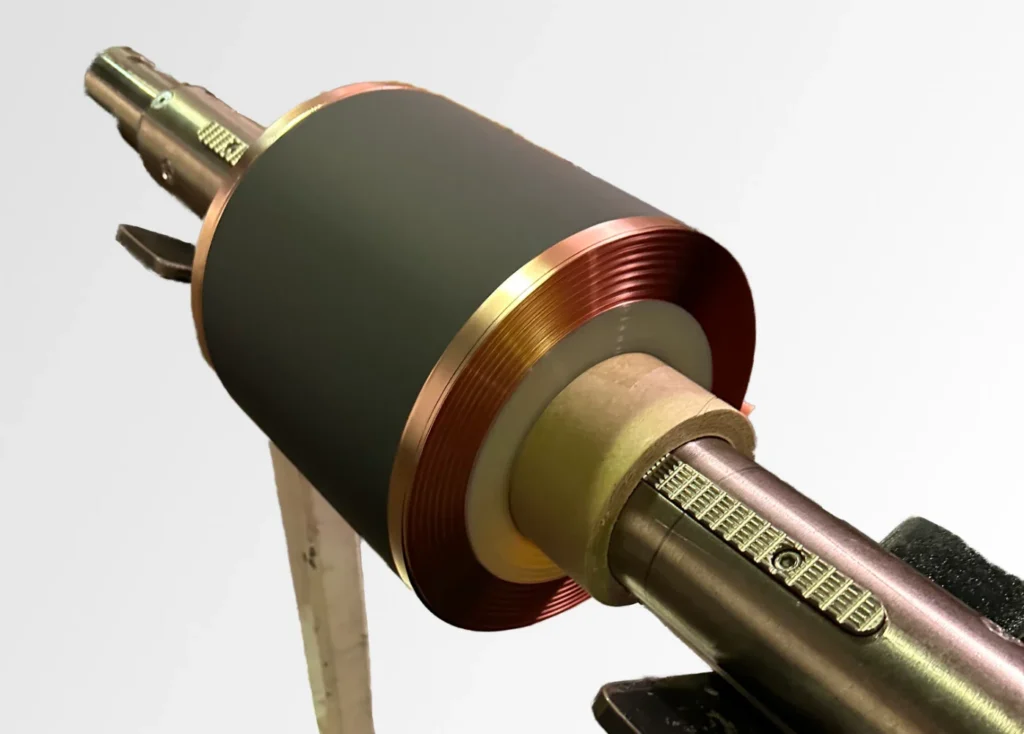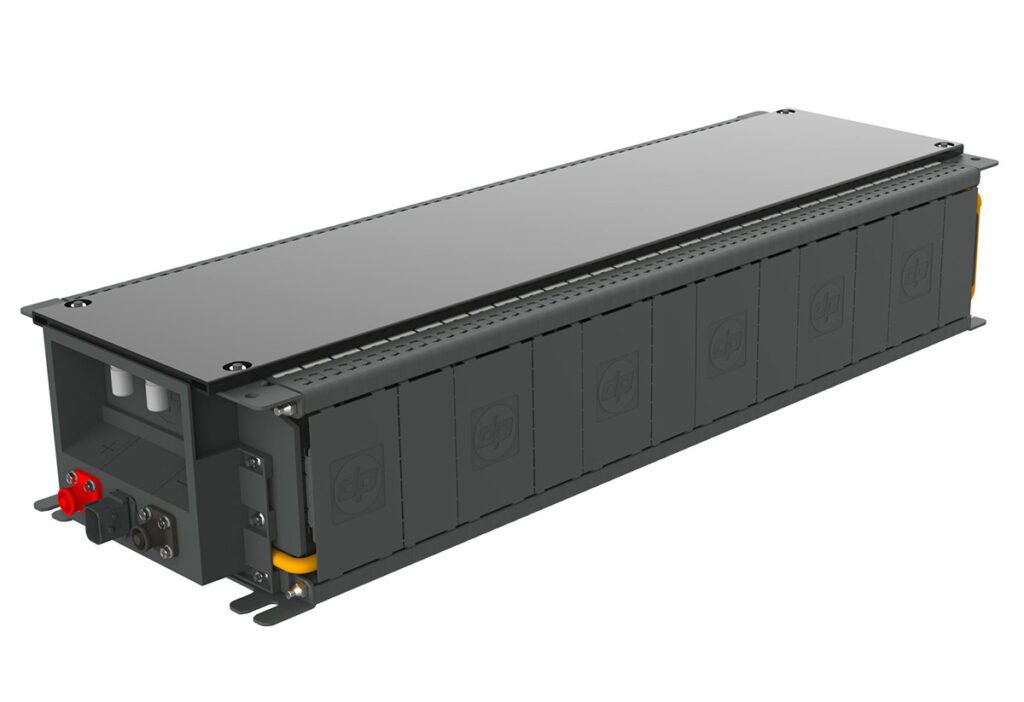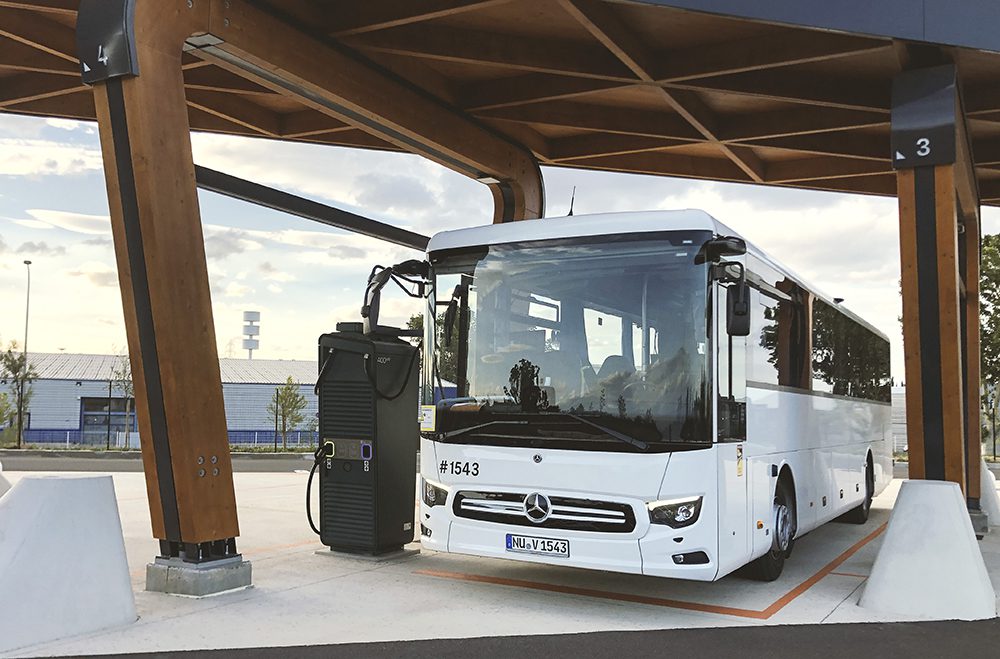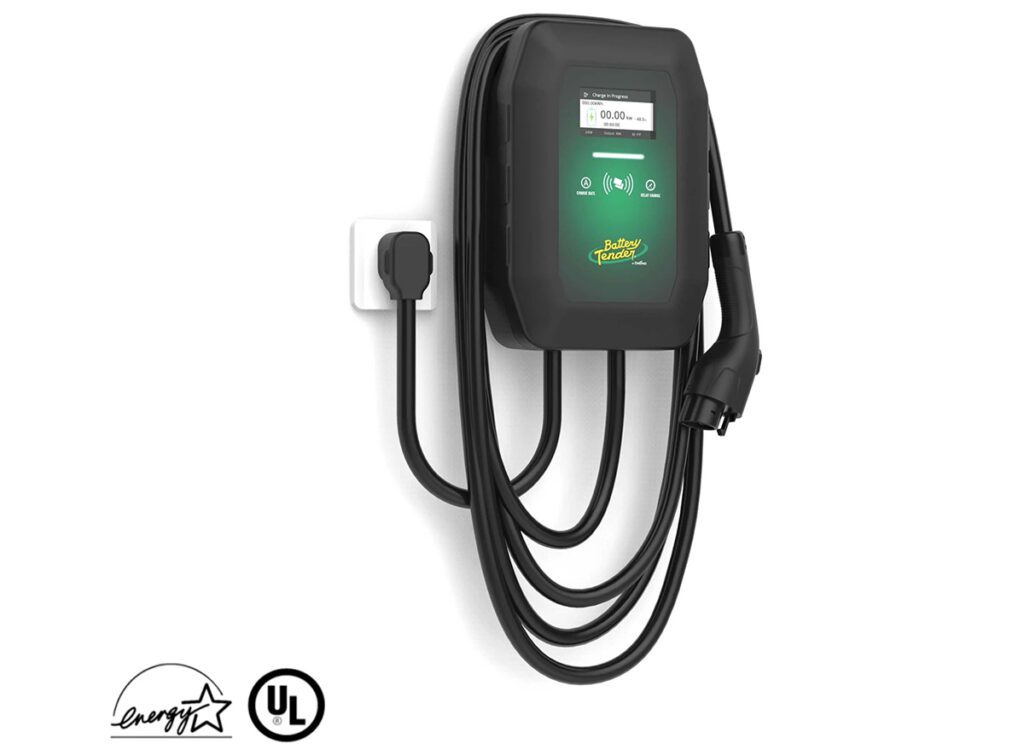Whether a driver intends to use an electric vehicle for a daily commute or only sporadically, he or she expects that the battery will hold a charge and not lose too much energy in use. EV manufacturers, therefore, aim to design batteries with greater range between charges, and that—when they need to be charged—charge faster.
A primary cause of battery energy loss is resistance. In a perfect world, there would be no resistance between battery and load, but the connection of a tab to a terminal implies a certain amount of loss. This loss can, of course, be mitigated by using more conductive tab materials. With the standard stainless-steel terminals of lithium-ion batteries, this presents an engineering opportunity: to reduce resistance, weld the stainless steel to a dissimilar and less resistant metal.
Challenges abound, however, when seeking to weld two different metals together. Different metals have different melting temperatures, different expansion coefficients, and sometimes incompatible chemistry. For example, aluminum melts at 660° C — fully 840° C lower than stainless steel’s 1500° C melting temperature. Welding these metals effectively is impossible with the contact process of resistance welding but can be achieved with lasers.
This whitepaper discusses using lasers to welding aluminum and copper using fiber lasers to minimize energy loss.















































